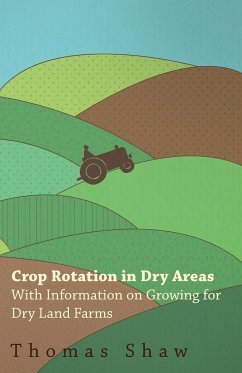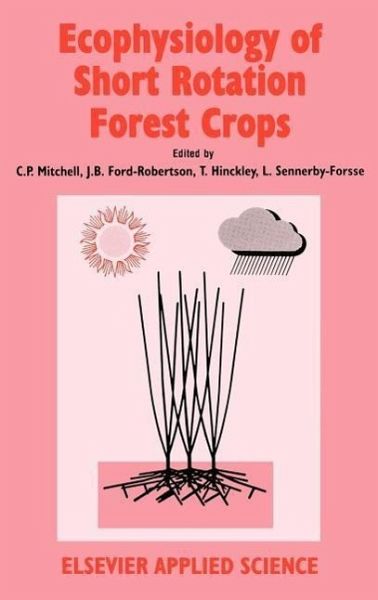
Ecophysiology of Short Rotation Forest Crops
Versandkostenfrei!
Versandfertig in 1-2 Wochen
229,99 €
inkl. MwSt.

PAYBACK Punkte
115 °P sammeln!
This book has been compiled as a result of collaboration within the International Energy Agency Bioenergy Agreement. The aim of the book is to review the state of the art with respect to research and practical implications in order to aid the development of the technology for short rotation forestry production.




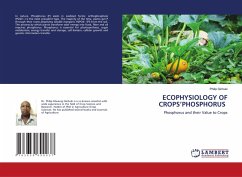
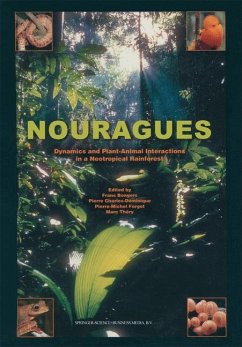
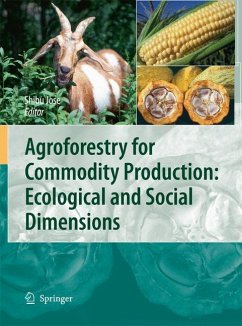

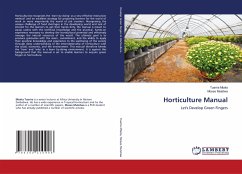
![ECOPHYSIOLOGY AND TEA CULTIVARS [Camellia sinensis (L.) O. Kuntze]. Cover ECOPHYSIOLOGY AND TEA CULTIVARS [Camellia sinensis (L.) O. Kuntze].](https://bilder.buecher.de/produkte/62/62292/62292622n.jpg)
